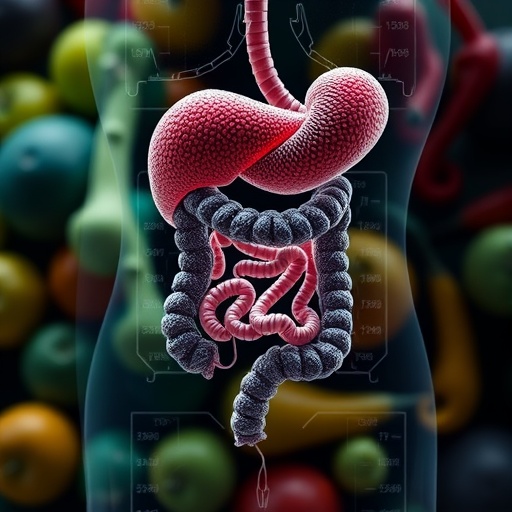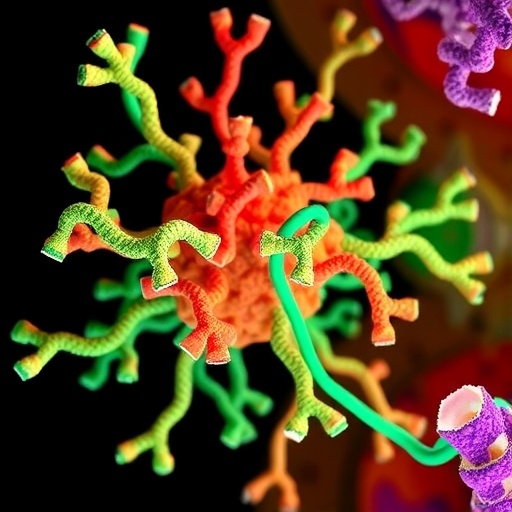June 10, 2018 – Atlanta, GA – A hospital outbreak of carbapenem-resistant Enterobacteriaceae (CRE) became more worrisome when researchers found resistance genes being shared among unrelated bacteria via plasmids and other mobile genetic elements. This new research will be presented at ASM Microbe, the annual meeting of the American Society for Microbiology, held from June 7th through June 11th in Atlanta, Georgia.
In 2017, eighteen patients in a primary care hospital became sick with CRE, a family of bacteria responsible for more than 9,000 healthcare-associated infections (HAI) per year in the United States. Carbapenems are often used as last line treatment options, reserved for the sickest patients; so it is concerning when bacteria resistant to these drugs cause infections.
Outbreaks of CRE infections are often caused by closely related bacteria spreading from person-to-person or even from a common source, such as a contaminated medical device. In such cases, infection control efforts focus on eliminating transmission of a single strain of bacteria. In this outbreak, however, multiple types of CRE (i.e., different bacterial strains and species) were infecting patients, and whole genome sequencing revealed that the outbreak was likely perpetuated by carbapenem resistance genes being shared among unrelated bacteria via plasmids or other mobile genetic elements.
"This demonstrates the important role whole genome sequencing can play in investigating HAI outbreaks," said Richard Stanton, "This outbreak shows us how drug resistance genes can be shared among otherwise unrelated bacteria co-existing in a patient's microbial community or in the environment." This in turn may require expanding infection control and detection efforts to include multiple strains and species to halt the outbreak.
The bacteria involved in this outbreak included Klebsiella pneumonia and Escherichia coli, two species of bacteria that can cause a variety of healthcare-associated infections, including pneumonia, bloodstream infections, surgical site infections, and meningitis. Treatment of the infections in these outbreaks was complicated due to the presence of carbapenemase genes in the bacteria, of which two major variants of the Klebsiella pneumonia Carbapenemase (KPC) gene (KPC-2 and KPC-3) were found.
The bacterial strains with the KPC-2 gene were largely unrelated but all carried the same drug resistance plasmid. Similarly, the strains with the KPC-3 gene were quite diverse except they all shared a plasmid, common among the KPC-3 strains but different from the KPC-2 strains.
"Due in part to this finding, HAI investigations now include a broader scope to look not just for single species causing infections, but also for plasmids spreading drug resistance across multiple types of bacteria," said Dr. Stanton. Infection control efforts also focus on areas where plasmid sharing is likely to occur in the healthcare environment, such as in sinks and drains.
Vaneet Arora, Lorrie Sims, and Rachel Zinner from the Kentucky Department for Public Health isolated and cultured the bacterial samples used in this study. Jonathan Daniels, Alison Laufer Halpin, and Richard Stanton from the Division of Healthcare Quality Promotion at the Centers for Disease Control and Prevention performed whole genome sequencing and analysis of the isolates.
This work was made possible through CDC's investments to Combat Antibiotic Resistant Bacteria and the Advanced Molecular Detection Program at CDC. A poster highlighting this work will be presented by Richard Stanton at the ASM Microbe 2018 conference in Atlanta, GA on June 10th from 12:45 – 2:45 PM, as part of Session 420 – Infection Prevention and Control: Drug-Resistant Pathogens in Hospitals.
###
ASM Microbe, the annual meeting of the American Society for Microbiology showcases the best microbial sciences in the world and provides a one-of-a-kind forum to explore the complete spectrum of microbiology. ASM Microbe is held in Atlanta, GA from June 7-11, 2018.
The American Society for Microbiology is the largest single life science society, composed of more than 30,000 scientists and health professionals. ASM's mission is to promote and advance the microbial sciences.
ASM advances the microbial sciences through conferences, publications, certifications and educational opportunities. It enhances laboratory capacity around the globe through training and resources. It provides a network for scientists in academia, industry and clinical settings. Additionally, ASM promotes a deeper understanding of the microbial sciences to diverse audiences.
Media Contact
Aleea Khan
[email protected]
202-942-9365
@ASMnewsroom
http://www.asm.org




